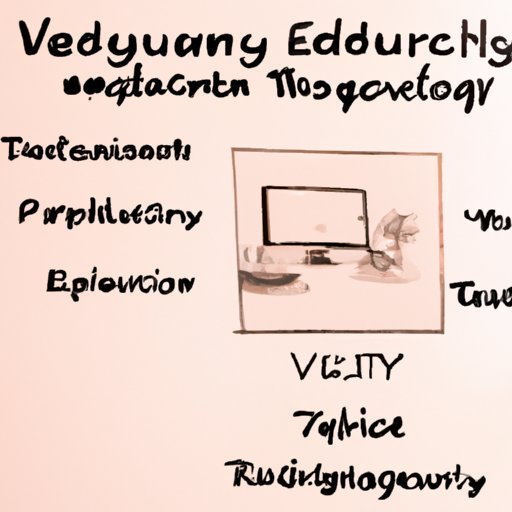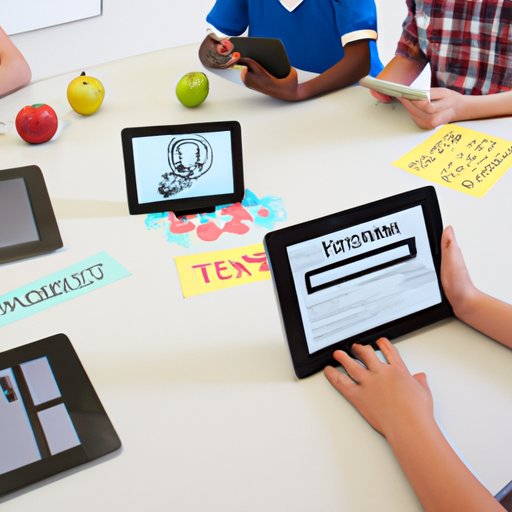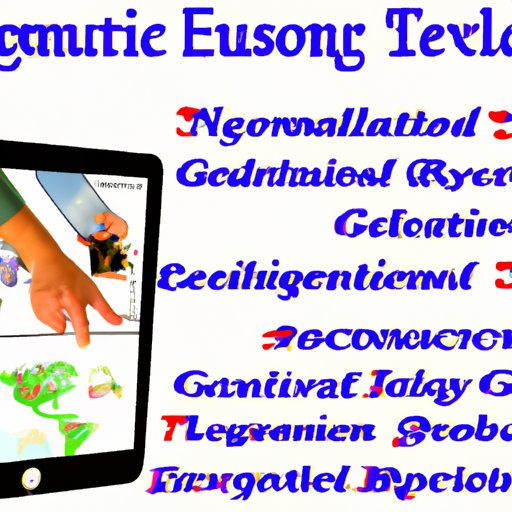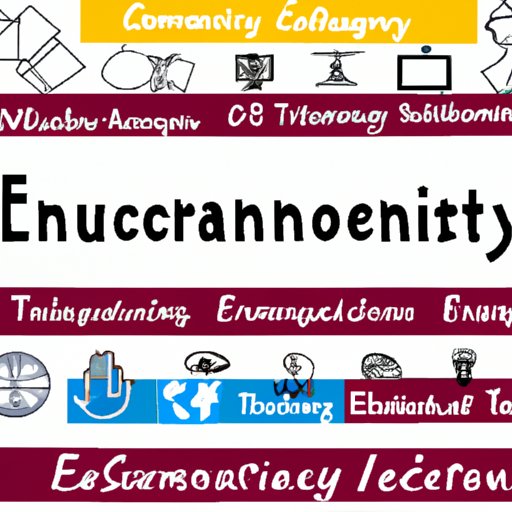Introduction
The use of technology in education has become increasingly important in recent years. As technology advances, new opportunities are created to improve the learning experience for all students. However, for these advancements to be beneficial to learners, it is essential to ensure that technology is used equitably. Equitable use of technology in education refers to the idea that all students should have access to the same technology and should be able to benefit from its use in a way that is appropriate for their individual needs.
Equitable use of technology in education can provide numerous benefits to learners. For example, it can help level the playing field for all students, regardless of their socio-economic status or background. Additionally, it can improve student engagement and motivation, as well as increase collaboration and communication among students. Finally, it can also help to reduce the digital divide between students who have access to technology and those who do not.

Evaluating the Challenges Faced in Achieving Equitable Use of Technology in Education
Although there are many benefits to equitable use of technology in education, there are also numerous challenges that must be addressed in order to achieve it. These challenges include accessibility to technology, potential for misuse or underuse of technology, and cost of technology.
Accessibility to Technology
One of the most significant challenges to equitable use of technology in education is ensuring that all students have access to the necessary technology. This includes both physical access to devices, such as computers and tablets, as well as access to the internet. Unfortunately, due to socio-economic disparities, some students may not have access to the same level of technology as other students. This can create an unfair advantage for some students and can lead to a lack of equity in the classroom.
Potential for Misuse or Underuse of Technology
Another challenge that must be addressed when considering equitable use of technology in education is the potential for misuse or underuse of technology. While technology can be a powerful tool for learning, it can also be misused by students. For example, students might use technology to cheat on tests or plagiarize work. Additionally, some students may not use technology to its full potential, either because they do not understand how to use it or because they are not motivated to do so.
Cost of Technology
Finally, cost is another major challenge to equitable use of technology in education. Many schools and districts are unable to afford the necessary technology needed to support students’ learning. This can create a barrier to equitable use of technology, as not all students will have access to the same resources. In addition, the cost of maintenance and updates can also be prohibitive for some schools.
Examining the Impact of Accessibility to Technology on Educational Equity
Access to technology can have a significant impact on educational equity. Students who have access to technology and the internet are more likely to have access to higher quality educational materials and resources than those who do not. Additionally, students who have access to technology are more likely to be successful in their studies, as they are able to use technology to enhance their learning.
However, access to technology can also have negative impacts on educational equity. For example, students who have access to technology may be more likely to engage in plagiarism or cheating, as they have more resources available to them. Additionally, students who have access to technology may be more likely to be distracted by digital activities, such as social media, which can detract from their learning.
Understanding How Technology Can Help Level the Playing Field for All Learners
Despite the challenges associated with equitable use of technology in education, there are also numerous potential benefits. For example, technology can help to level the playing field for all learners, regardless of their socio-economic status or background. By providing all students with access to the same resources and tools, technology can help to promote equity in education.
In addition, technology can also help to create successful learning environments. By providing students with access to interactive learning materials, such as videos and online quizzes, technology can help to engage and motivate students. Furthermore, technology can also help to facilitate collaboration and communication among students, which can help to foster a more inclusive learning environment.

Investigating Ways to Ensure That Technology is Used Appropriately to Enhance Learning
In order to ensure that technology is used appropriately to enhance learning, it is important to establish clear expectations for technology use in classrooms. Teachers should establish guidelines for acceptable use of technology and ensure that students are aware of these guidelines. Additionally, teachers should monitor student use of technology and provide feedback when necessary.
It is also important to utilize digital tools to support student learning. For example, teachers can use online platforms to provide students with access to educational materials and resources. These tools can also be used to facilitate collaboration and communication among students. Finally, teachers can also utilize digital assessments to measure student progress and provide feedback on student learning.

Analyzing the Role of Government in Promoting Equitable Use of Technology in Education
Government investment in technology is essential for promoting equitable use of technology in education. Governments should invest in programs and policies that promote access to technology for all students, regardless of their socio-economic status or background. Additionally, governments should also invest in programs and initiatives that provide training and support for teachers and administrators in order to ensure that technology is used appropriately in the classroom.
In addition, governments should also develop policies that promote equitable use of technology in education. These policies should address issues such as privacy, security, and intellectual property rights. Furthermore, governments should also develop initiatives that promote collaboration and communication among students in order to promote a more equitable learning environment.
Developing Strategies for Ensuring an Equitable Use of Technology in Education
In order to ensure equitable use of technology in education, it is essential to develop a comprehensive plan for technology use in schools. This plan should include goals and objectives for technology use, as well as strategies for implementing and monitoring technology use in the classroom. Additionally, it is important to implement professional development programs for teachers and administrators in order to ensure that they are equipped with the necessary skills and knowledge to effectively integrate technology into the classroom.
In addition, it is also important to develop resources to support students in using technology. These resources should include tutorials and instruction manuals to help students learn how to use technology effectively. Furthermore, it is also important to provide students with access to reliable internet and devices, as well as access to digital content and materials that are appropriate for their age and ability level.
Conclusion
Equitable use of technology in education is essential for creating a successful learning environment for all students. It is important to address the challenges associated with achieving equitable use of technology, such as accessibility and cost. Additionally, it is also important to examine the impact of accessibility to technology on educational equity and understand how technology can help level the playing field for all learners. Finally, it is essential to develop strategies for ensuring an equitable use of technology in education, including establishing clear expectations for technology use, utilizing digital tools to support student learning, and developing resources to support students in using technology.
(Note: Is this article not meeting your expectations? Do you have knowledge or insights to share? Unlock new opportunities and expand your reach by joining our authors team. Click Registration to join us and share your expertise with our readers.)
